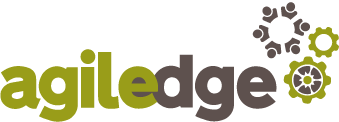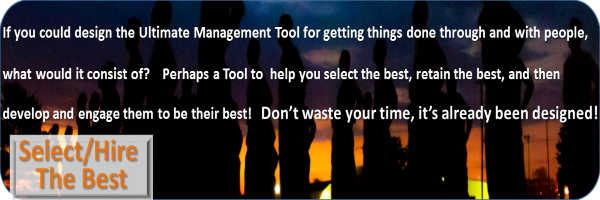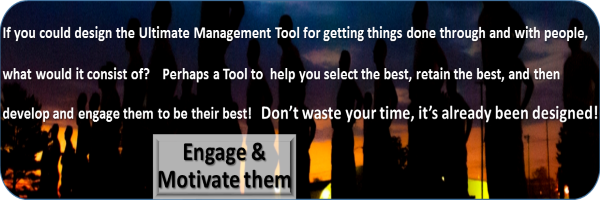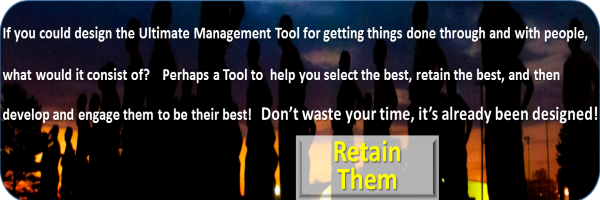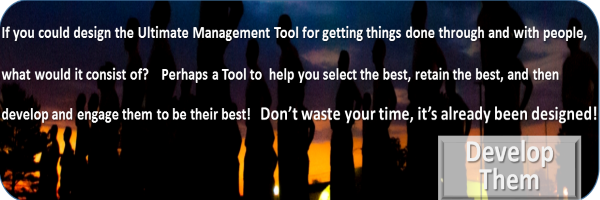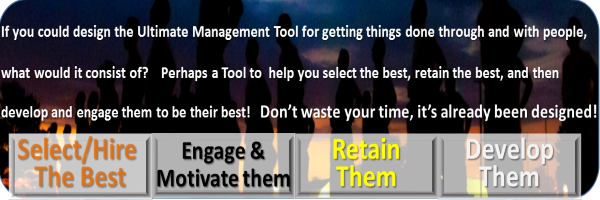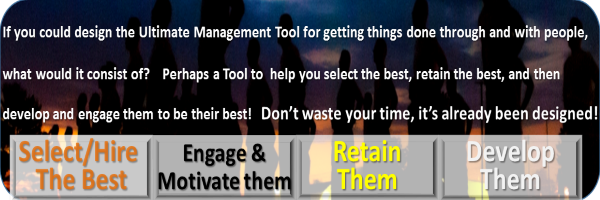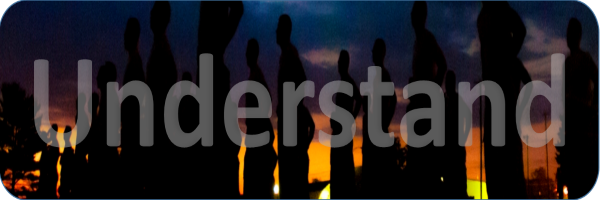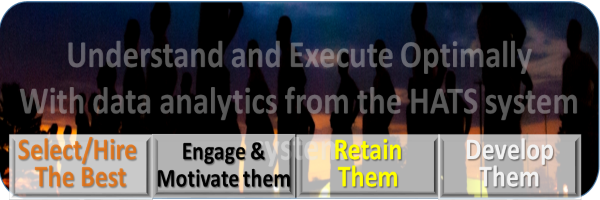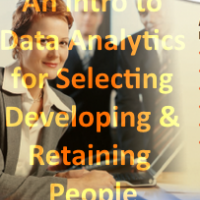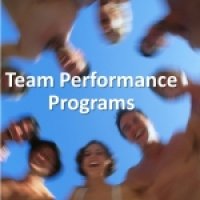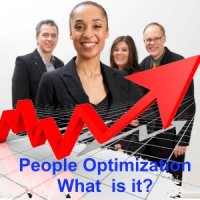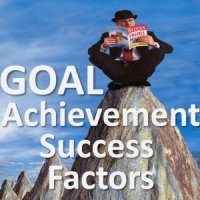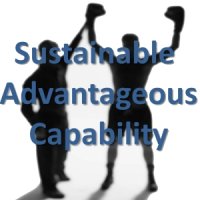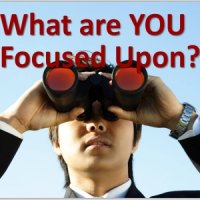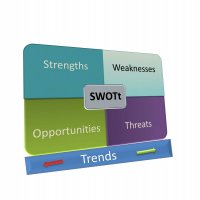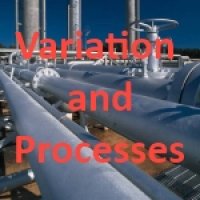When you want to improve your ability to select the right people for the job, or manage them more effectively, or develop them optimally, you need to realize that decision support tools have drastically improved in the last few years. Choosing the right employees and managing them effectively involves ongoing decisions that need to be supported with critical information. The validated information that is now available inexpensively is a really a game changer (in the game of management).
Assessments are a great example. In the past, many managers have become familiar with personality profiling tools like MyersBriggs, Disc, Big5 and others. These put the discussion of the soft issues on the table and show how people are "wired" differently. On the other hand, they are not predictive, are definitely not comprehensive as they only deal with 8, 16 or 24 traits and they have some inherent accuracy issues due to the ability to deceive and to measurement flaws. For hiring decisions, they also have great legal risk and do not meet EEOC requirements in U.S., for example. That being said, they have benefits and they have their place. The real opportunity for making better people decisions however lies elsewhere.
To best manage people and to best predict performance in specific jobs, you need to measure attitudes, natural tendencies, work preferences, motivations, values, work environment preferences and interests. All these help determine the answer to the question, will this person do what it takes each day to be a high performer? It does not really answer the question, can they do it? So of course, you need to consider that as well. But what good is it if they can do it, if they won't (or maybe they will for a few weeks and then start looking for something that's a better fit).
With this data, you can…
- Choose high performers with accuracy rates above 90%.
- Onboard new hires more effectively by creating a mutual understanding between the hiring manager and new hire. This mutual understanding greatly speeds the productivity of both the manager and the new employee.
- More optimally construct high performing teams and with the data, identify issues before they become major intractable problems . This allows them to be addressed much more cost effectively.
- Manage your people more powerfully to achieve a high performing organization
- Leverage the date to identify key development opportunities that will lead to lasting improvement.
So clearly, for both hiring decisions, you need a suitability assessment that is designed to also measure attempted deception or other invalid data entry (illiteracy, lack of attentiveness, …) so that you can invalidate the results. You also need a means to of assessing accurately their eligibility especially considering that recent research has found that 80% of resumes contain significant lies.
